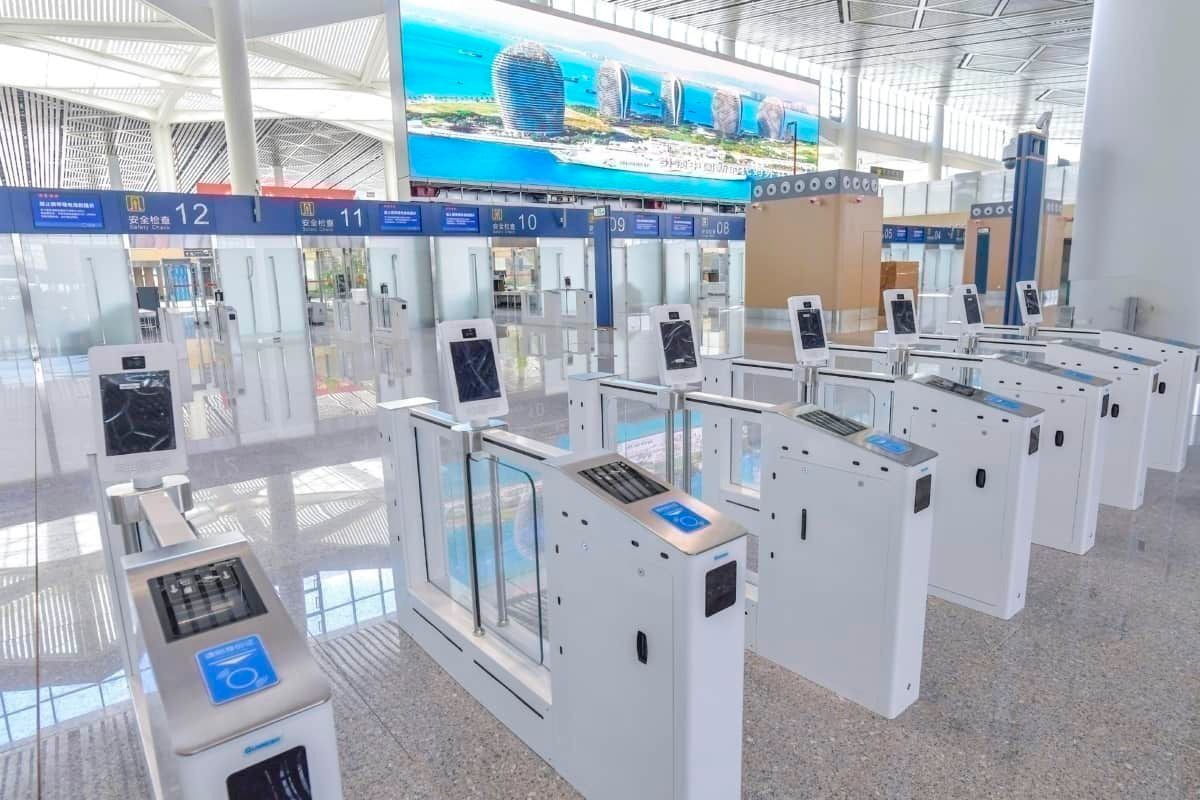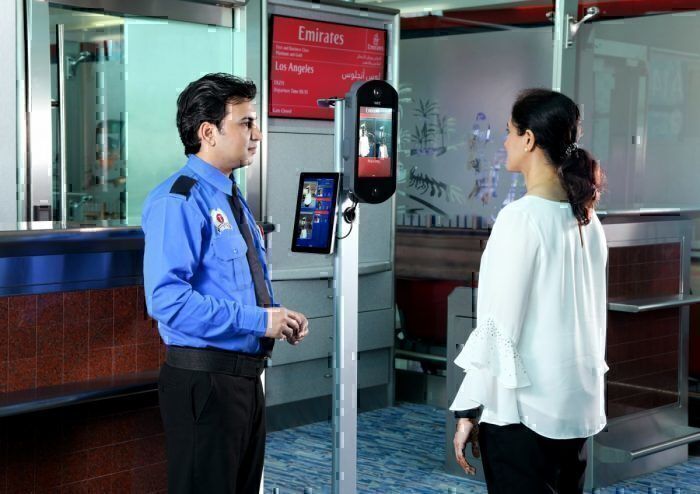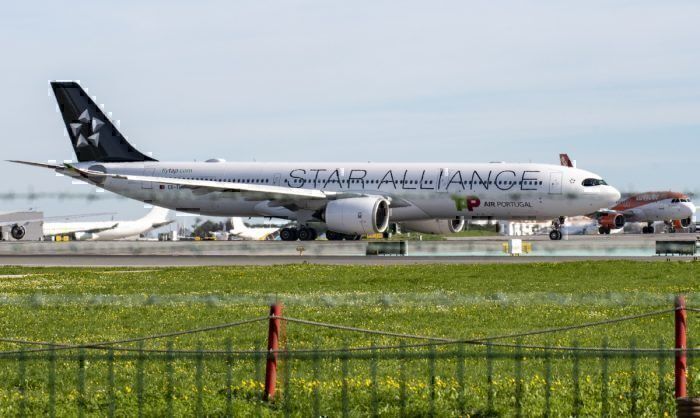Nothing breeds innovation quite like a crisis. And as the outbreak of the coronavirus is the gravest situation the commercial aviation industry has ever faced, it is no surprise that the evolution of related technology is now moving at break-neck speed. Will the arrival of the pandemic also speed up the use of biometric boarding?
While biometrics may have been a slowly advancing field, something most of us have come across at an automated immigration desk or two, it was always going to become the norm. With the need for a contactless airport experience, it will almost certainly explode by leaps and bounds as passenger air travel begins to recover post-COVID.
Stay informed: Sign up for our daily aviation news digest.
What are biometrics?
First of all, what do we mean when we talk about biometrics? They are a way to measure a person's physical characteristics in order to verify their identity. In its most common form, it includes facial features, fingerprints, or voice.
If you have a phone that unlocks when it recognizes your face or the touch of your finger, or an AI assistant that is voice-activated, you are already using it. This is only possible because you have supplied your biometric data to the manufacturer for the feature to work.
Biometric boarding makes sense
As it is widely anticipated that airports will speed up the transition towards contactless procedures in a bid to protect the health of travelers and employees, biometric boarding makes sense.
Driver's licenses and passports can be replaced with retina scans and facial recognition in order to verify a passenger's identity, which greatly reduces any handling of documents by check-in or gate agents. Many airlines, such as Emirates and British Airways, already have systems in place having run test programs before the pandemic.
Boarding verification process 1.5 seconds
It also speeds up the boarding process. In November 2018, Delta Air Lines opened the very first all-biometric terminal at Hartsfield-Jackson International Airport. The average speed for the verification process when boarding is 1.5 seconds per passenger, according to an interview with Richard Wilks, the Director of Global Aviation at NEC in Future Travel Experience.
As reported by CNBC News, 72% of Delta's customers preferred biometric boarding to standard, and less than 2% chose not to share their data. This research was done before the pandemic.
Other airports in Germany, Canada, China, Japan, Iceland, Italy, and Spain are now quickly running tests to begin widely applying biometric procedures.
Many companies are also rushing to roll out application programming solutions for airlines. The basic idea is that the traveler will upload a selfie into the system. This will then be verified against an authenticated passport, and then, voilá, they just need to walk up to the gate, look at a screen, and board the plane.
Star Alliance biometric hub this summer
Star Alliance frequent flyers will be able to enroll permanently in the Star Alliance biometric hub from this summer. This will allow them to have their biometric identity travel with them from airport to airport and carrier to carrier without uploading it into several different systems.
Of course, for someone to have their identity verified by their biometric data means that they must also be ok with supplying it. And the question becomes, who really owns the data? And how safe will the systems that keep it be? Hopefully, haste will not translate to carelessness.
How do you feel about supplying firms with your biometric data? Would you prefer this kind of boarding process to the old one? Let us know your thoughts in the comments.



